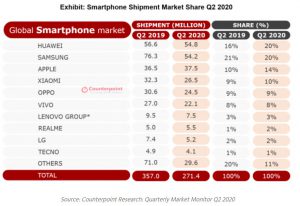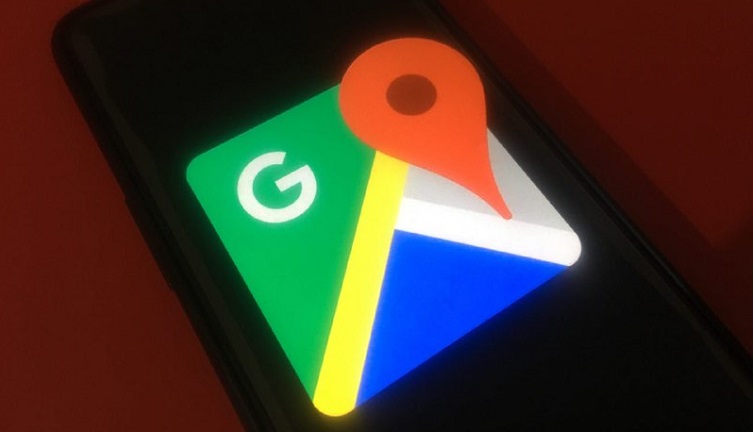We think Xiaomi Redmi Note series' devices deserve at least two major Android OS updates.
— PiunikaWeb (@PiunikaWeb) September 27, 2020
Check out our Op-ed: https://t.co/Y21rUFYDJM
What's your take?
The Redmi Note 8 and Redmi Note 8 Pro sold a combined over 21 million units across the globe in the first half of 2020. In the same period the year before, Xiaomi reportedly moved 10 million units of the Redmi Note 7 and another 10 million Redmi 6A units.
In total, that’s a whopping 41+ million units of the four sets in a year’s time. Add the 14+ million units of the Redmi 8 and Redmi 8A sold in H1 2020 and it becomes apparent why Xiaomi is a force to reckon with in the budget smartphone segment.

Top-notch hardware on the cheap is what keeps attracting masses to devices in the Redmi and Redmi Note series. But in a smartphone world where users are becoming more and more savvy each passing day, demands keep changing.
In order to stay competitive in what is increasingly becoming a tough market to survive (hello HTC!), smart players opt to cave in to the demands of users. Take Samsung, for instance.
For years, Samsung users have been asking for a third Android OS update for their devices not only to match Google Pixels, but also to maintain the status quo.

With OnePlus aping Google to offer three OS updates, all eyes were on Samsung to make the long-awaited tweak to its software update policy. And indeed, Samsung eventually caved in, announcing that 3 major Android OS updates should be the norm going forward.
The Galaxy A51, which moved slightly more units than the Redmi Note 8, is in line to receive three OS updates. Perhaps even more cheaper Galaxy A devices will get three OS updates.
But most importantly, even the sub-$150 Samsung Galaxy phones get at least two OS updates. Heck, even the likes of Realme, a relatively new player in the game, offer two Android OS updates to some of the most affordable handsets.
While this is happening, Xiaomi, seated at fourth place on the list of top smartphone vendors in the world as per Q2 2020 Counterpoint Research data, only guarantees a single OS upgrade to devices that end up in the hands of millions across the globe annually.

At this point, I’m inclined to think that Xiaomi is one of the reasons older operating systems like Android Pie and even Oreo are still ahead of Android 10 in terms of market share. But this can be changed in a blink of an eye.
What Xiaomi needs to do to stay relevant in the current market is provide at least two Android OS updates to devices in the Redmi Note series. It makes little sense to ignore millions of devices that have hardware capable enough to handle more than the eye can meet.
Furthermore, for a company as big as Xiaomi, resources should not be an issue, especially when most of its devices are identical and even use the same ROM in some cases, which also translates to slightly lighter work when it comes to software maintenance.

As noted at the beginning, Xiaomi nails it when it comes to hardware. But now it’s time to step up the game on the software front and start providing at least two Android OS updates to Redmi Note devices on top of the multiple MIUI 12 updates already on offer.
If only Xiaomi knew how the world would be a much better place (pun intended) for those of us that want multiple Android OS updates if it applies the same effort and resources it puts in developing and rolling out new MIUI updates to its devices.
We’d love to hear your thoughts on this as well. Do you think it’s time devices in the Redmi Note series started receiving at least two Android OS updates or are you okay with the current state? Let us know via the Twitter poll below.
NOTE: This article will be updated after one week with the results from the above Twitter poll, so be sure to cast your vote as soon as you can.
Update (October 4)
Poll results are out, and an overwhelming 92.8% who voted are of the view that the Redmi series definitely deserves two major Android Os updates. While 4.5% said NO, the remaining users said they don’t care for updates.
PiunikaWeb started as purely an investigative tech journalism website with main focus on ‘breaking’ or ‘exclusive’ news. In no time, our stories got picked up by the likes of Forbes, Foxnews, Gizmodo, TechCrunch, Engadget, The Verge, Macrumors, and many others. Want to know more about us? Head here.

![[Poll results out] Opinion: Xiaomi Redmi Note series deserves at least two major Android OS updates [Poll results out] Opinion: Xiaomi Redmi Note series deserves at least two major Android OS updates](https://stage.onepluscorner.com/wp-content/uploads/2020/08/redmi-note-9-pro-max-featured.jpg)
